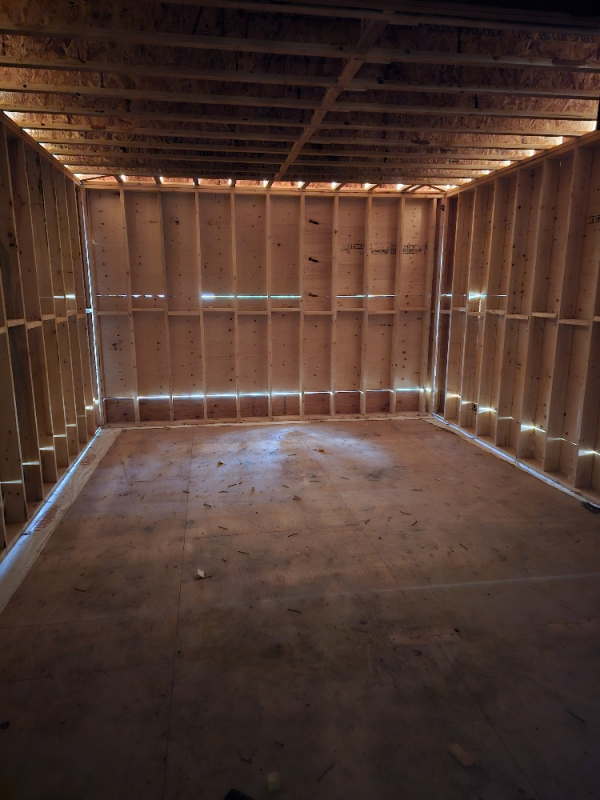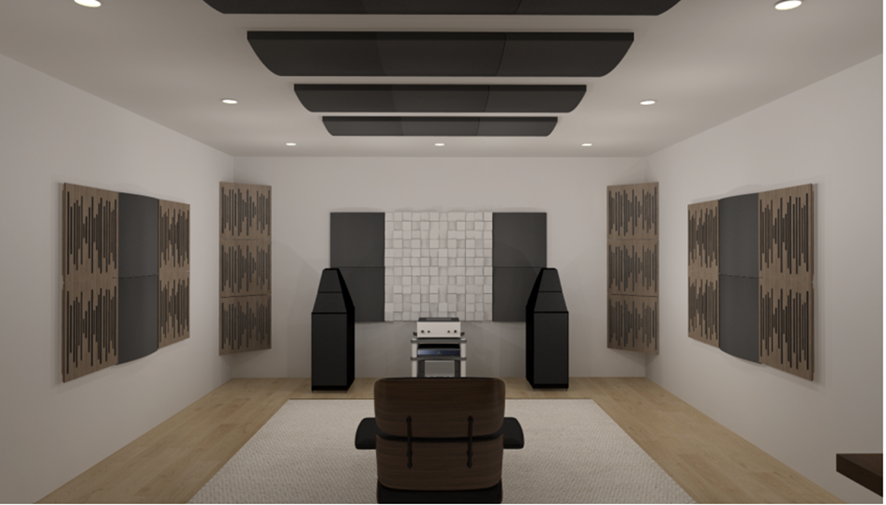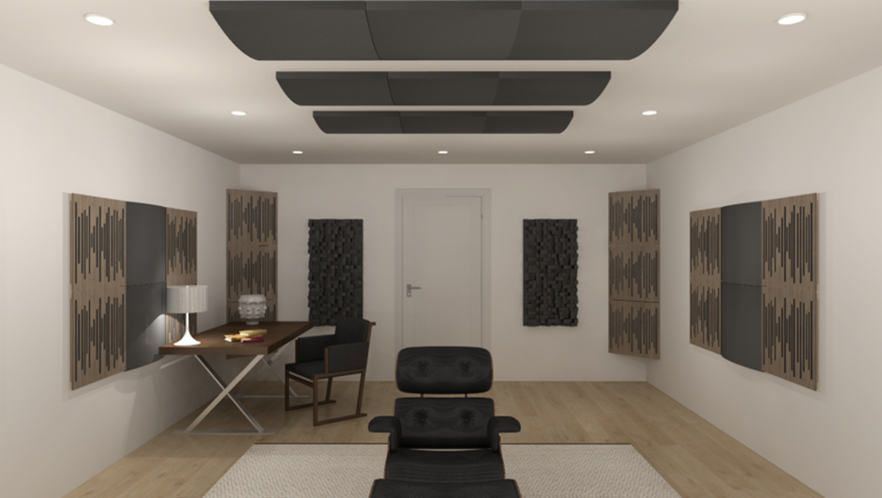I have an electrician arriving tomorrow for my in-progress dedicated audio room and want to ensure I can accurately convey my needs (wants). I have reviewed some of the archived threads and arrived at the following basic recommendations:
Dedicated line 20 amp
Solid Core 10-12 gauge in-wall cabling (eg. JPS Labs)
Hospital Grade Receptacle (I will probably source this on my own eg. Furutech GTX-D)
This electrician has been sourced by my general contractor and hope that I don't encounter objections.
Thanks in advance!
Current state:

Dedicated line 20 amp
Solid Core 10-12 gauge in-wall cabling (eg. JPS Labs)
Hospital Grade Receptacle (I will probably source this on my own eg. Furutech GTX-D)
This electrician has been sourced by my general contractor and hope that I don't encounter objections.
Thanks in advance!
Current state:





